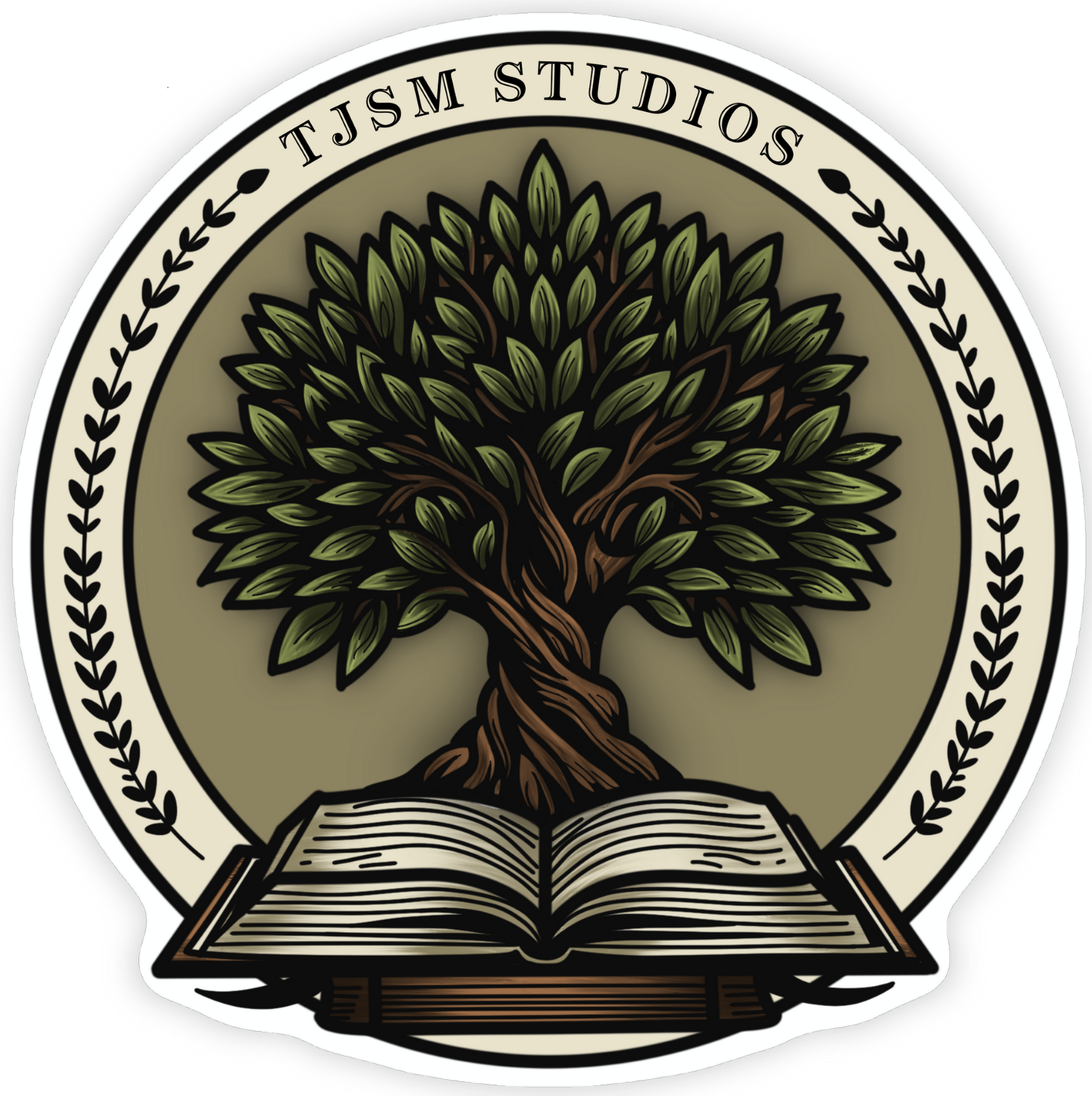In our busy lives, it’s common to overlook the positives around us. Gratitude journaling provides an effective way to counteract stress and negativity by helping you develop a more positive and appreciative mindset. This straightforward practice involves frequently noting down what you’re grateful for, promoting feelings of contentment and happiness.

Ready to embark on your gratitude journey? Here’s a step-by-step guide to get you started:
Choose Your Tools
Journaling offers various formats to suit your style. Whether you prefer handwriting or typing, the choice is personal. Explore these journal types:
- Physical Journals: Offers a tactile feel.
- Digital Apps: Perfect for a fast-paced life, these apps provide organization and easy access. Options like Day One and Journey let you add photos and location tags.
- Printable Digitals: Great for fast typists or those with messy handwriting. Tools like Google Docs and Microsoft Word offer flexibility and cloud storage for easy access.
Choose based on your lifestyle and preferences. Whether you like the feel of paper or the convenience of digital tools, there’s an option for you. Start writing your story today!
Establish a Routine
“Consistency is key” in gratitude journaling, transforming it from a hobby to a life-changing habit. First, decide on your journaling frequency:
- Daily: Writing daily fosters deeper reflection and positivity, setting a positive tone for the day. It can be brief or detailed, with no pressure.
- Weekly: If daily feels overwhelming, weekly journaling lets you summarize highlights and reflect on joyful moments, offering a chance to pause and rejuvenate.
Next, choose the ideal time:
- Morning: Start your day with journaling for a mental boost, appreciating life’s joys before getting busy.
- Night-time: Reflect before bed to express gratitude and clear your mind, offering a comforting end to the day.
Choose what suits your lifestyle. Consistency and enjoyment are key to changing your perspective one entry at a time.
Create a Ritual
In today’s fast-paced world, finding peace can be challenging, but journaling offers a calming escape. Transform this activity into a soothing ritual by following these steps:
- Find a Quiet Space: Choose a distraction-free, comforting spot in your home, like a cozy corner or snug bedroom area, to freely express your thoughts.
- Set the Mood: Create a peaceful atmosphere with softly glowing candles and calming music, like piano tunes or nature sounds. Enhance the space with essential oils such as lavender for relaxation or citrus for energy.
- Get Comfortable: Ensure comfort by wrapping yourself in a cozy blanket and sitting in a supportive chair, or curl up in bed with tea or wine. Feel at ease to let your thoughts flow onto the pages.
By incorporating these mindful practices, journaling becomes a treasured ritual that provides comfort and insight. Embrace the calm, create the right atmosphere, and let your journaling guide you through life’s complexities. Enjoy your writing!
Start Small
At the end of a long day, instead of reaching for your phone, try gratitude journaling. Write down 3-5 things you’re thankful for, like the smell of coffee or a stranger’s kindness. This practice is like a warm hug for your soul.
- Start Small: Begin with small steps. Listing a few things each time makes it manageable and helps you stay consistent.
- The Power of Small Steps: Keeping it simple makes it less daunting and more meaningful, allowing you to focus on what truly matters.
- Consistency is Key: Write daily to form a habit, like brushing your teeth. If you miss a day, just start again.
- What to Write About: Focus on small joys, like a good meal or a friend’s support. Concentrate on positive elements in your life.
- Reaping the Benefits: Gratitude journaling shifts your mindset, reducing stress and enhancing mood and relationships.
Start with small gratitude journaling practices to maintain the habit. Soon, you’ll spread positivity everywhere, proving it’s the little things that truly matter.
Be Specific
In our busy lives, we often overlook gratitude. Being specific about what we’re thankful for can transform this routine into a meaningful habit. Specificity adds emotional depth, aids memory recall, and makes gratitude more genuine and mindful.
Enhancing Gratitude Practice:
- Reflect on Moments: Recall what made experiences special, like a friend’s hug or morning sunlight.
- Identify Emotions: Recognize feelings these moments evoke, such as happiness or comfort.
- Express Reasons: Understand why you’re grateful, e.g., “Morning coffee offers peace before chaos.”
- Personalize Gratitude: Make it reflect your unique journey.
Specific gratitude enriches personal practice and positively impacts others. Embrace details to evolve your gratitude into a joyful, mindful experience. Gratitude is more than a list—it’s a way of life.
Reflect on Challenges
Life is a mix of chaos and beauty, with challenges that often lead to unexpected gratitude. Gratitude involves finding positives in difficulties.
- Lessons Learned: Challenges, whether a job rejection or a relationship ending, teach valuable lessons about desires, strengths, and weaknesses, guiding personal growth.
- Identify Lessons Learned: Reflect on what each experience taught you.
- Personal Growth: Challenges expand limits and push boundaries, fostering remarkable personal growth.
- Strength and Resilience: Reflect on tough times that seemed overwhelming but made you stronger and more resilient. These experiences build inner strength.
- Resilience: This quiet strength helps us bounce back, whispering encouragement during tough times. Acknowledging growth from struggles cultivates gratitude.
Challenges add depth to life’s tapestry, enhancing our story. By reflecting on growth and lessons, challenges become stepping stones to gratitude. Embrace difficulties, learn from them, and appreciate the resilience they foster, making life’s journey remarkable.
Stay Consistent
Journaling offers clarity and peace, but busy schedules can hinder this habit. Consistency is key, and with strategies, it can become a cherished routine.
- Set Reminders: Use phone reminders or habit tracker apps to stay consistent. These tools act as gentle prompts to record your thoughts.
- Embrace Imperfection: Focus on progress, not perfection. It’s normal for some entries to be shorter. Consistency is more important than perfection, as small efforts lead to reflection and growth.
Regular journaling fosters self-discovery and emotional growth, helping you monitor progress and gain insights into your emotions.
Review Regularly
A gratitude journal is valuable for personal growth, but its full potential is realized by revisiting past entries.
- Identifying Patterns: Reviewing your journal reveals recurring themes, helping you understand what consistently brings joy, whether small pleasures or significant blessings.
- Track Progress: Reflecting on past entries shows your mindset evolution, highlighting how gratitude becomes more natural over time.
- Enhance Your Practice: Revisiting entries refines your practice, allowing for deeper appreciation and recognition of overlooked experiences.
Regularly reviewing your journal refreshes your perspective, helping you notice small joys and emotional growth. Set aside time to explore past notes, as they may hold the key to a happier, more fulfilling life.
Gratitude journaling is a simple, effective way to boost joy and fulfillment. It enhances well-being, increases happiness, and reduces depression and anxiety. This practice strengthens relationships, improves sleep, boosts immunity, and lowers stress. It encourages mindfulness, optimism, and resilience, sharpening focus and decision-making. All you need is a pen, a journal, and a few quiet moments daily. Start today to transform your life with positivity and fulfillment. Happy journaling!
